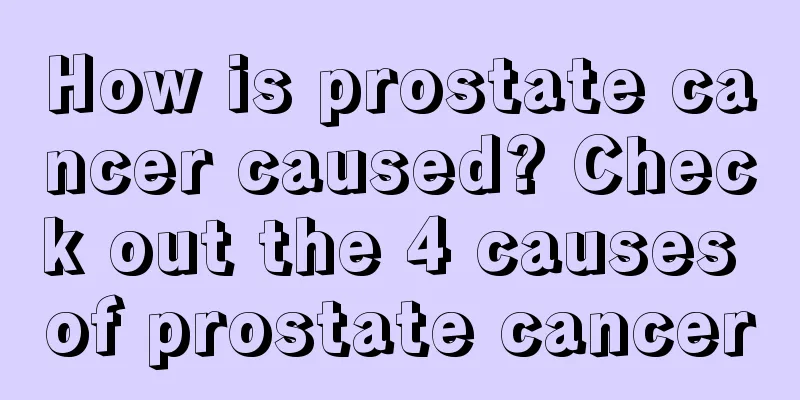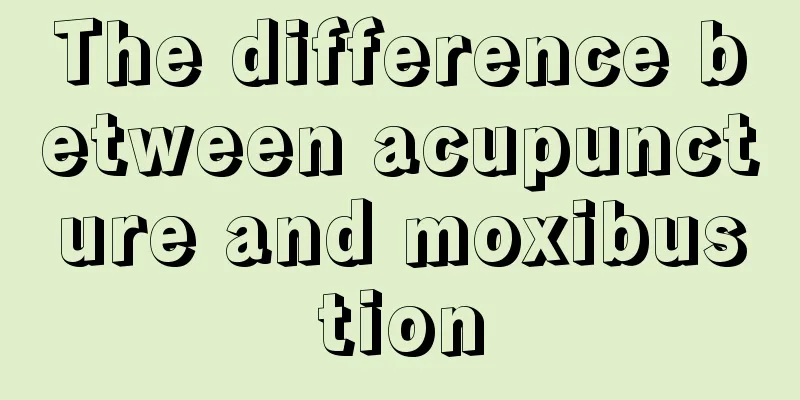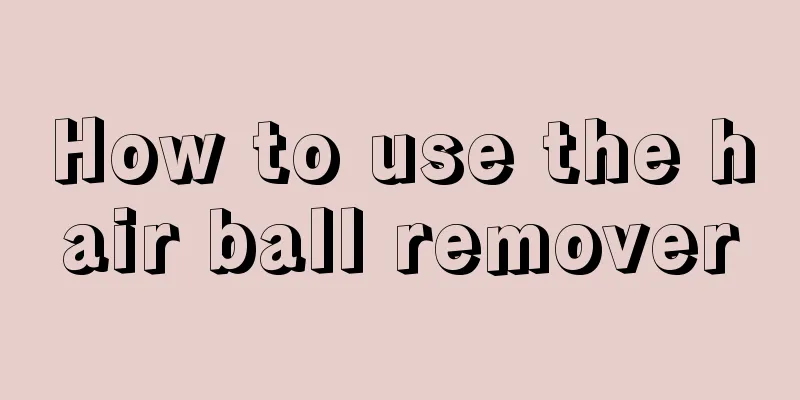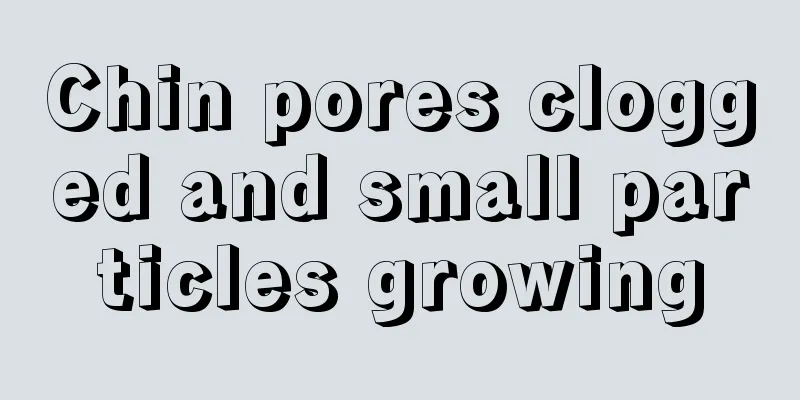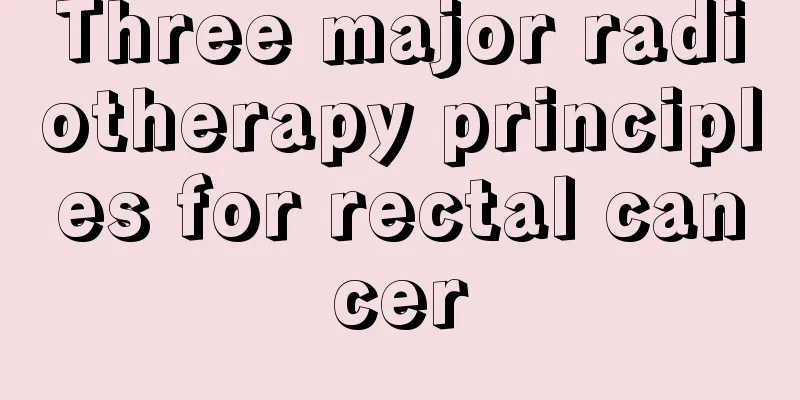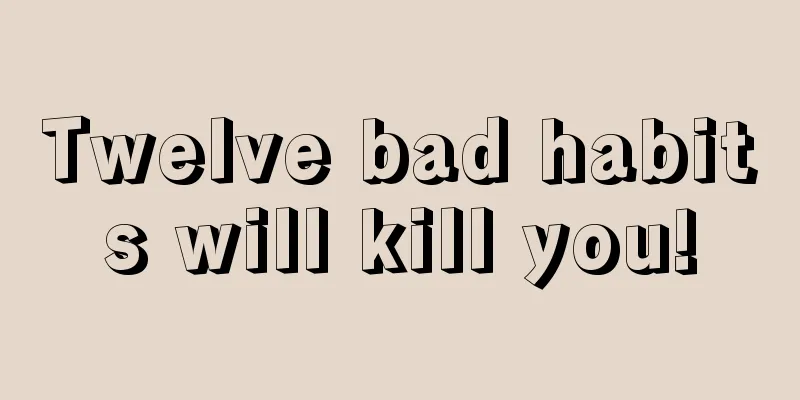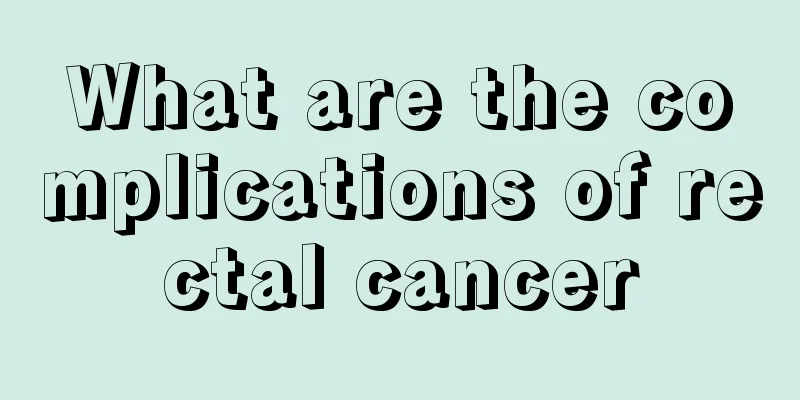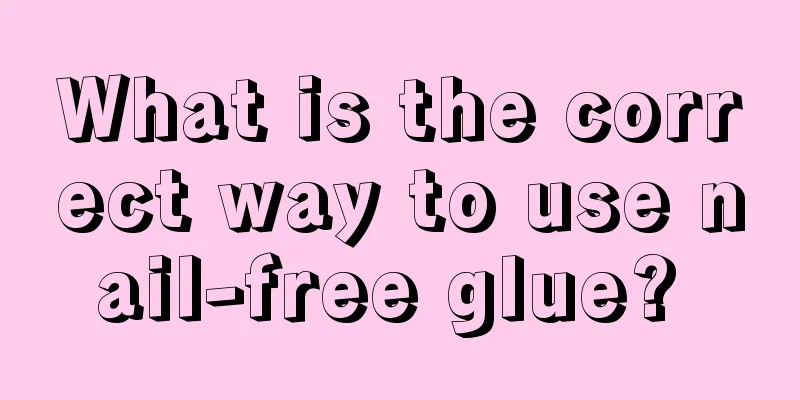How to treat temporomandibular joint disorder syndrome
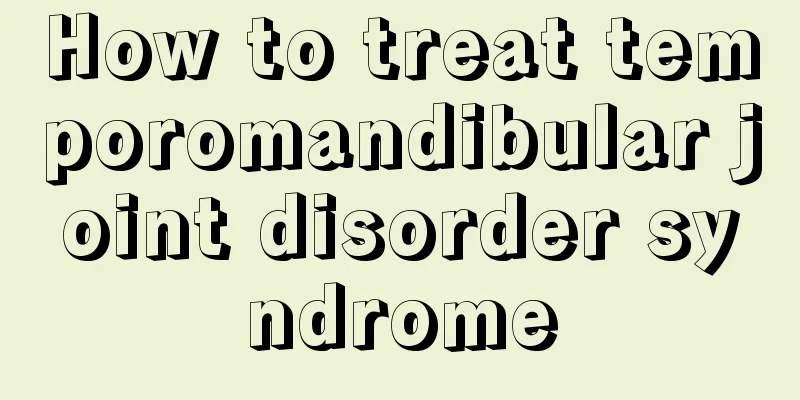
|
The temporomandibular joint is one of the main joints of the maxillofacial region. It has relatively high stability and can move in multiple directions. The human body needs the help of the temporomandibular joint to reject food, swallow food, drink water, speak, make facial expressions, etc. If it is hit by external force or if it often chews hard objects and grinds its teeth, it will cause temporomandibular joint disorder syndrome. The treatment of it is introduced below. 1. Principles of prevention and treatment (1) Conservative treatment is the main approach, using a combination of symptomatic treatment and elimination or weakening of pathogenic factors. (2) While treating local joint symptoms, the overall condition and mental state of the patient should be improved. (3) Provide medical knowledge education to patients so that they understand the nature and causes of the disease, increase their confidence, cooperate with the doctor's treatment, and perform self-treatment and self-protection of joints under the doctor's guidance. (4) Take a step-by-step approach and determine a reasonable treatment plan. 2. The treatments used are: (1) Medication: Commonly used are indomethacin, tablets, each tablet is 25 mg, 25 mg each time, 3 times a day, 5 consecutive days as a course of treatment; diazepam, tablets, each tablet is 2.5 mg, 2.5-5 mg each time, 3 times a day, 5 consecutive days as a course of treatment. (2) Physical therapy: Local infrared irradiation or helium-neon laser irradiation can be used, 20 minutes each time, once a day, and one week of continuous irradiation as a course of treatment. (3) Magnet therapy: Suitable for home treatment. Patients can apply magnet sheets to the most obvious pain points. It is easy to use and has a good analgesic effect. It is often used to treat pain and limited mouth opening in this disease. It also has a certain effect on relieving joint clicking. (4) Other methods include closed therapy, adjustment, and orthodontic correction. If there are obvious surgical indications, surgical treatment can also be used. 3. Treatment points (1) Hyperfunction of the lateral pterygoid muscle: The main purpose is to adjust the function of the lateral pterygoid muscle. 5 ml of 0.5% or 1% procaine can be used for lateral pterygoid muscle blockade, once a day, 5 to 7 times as a course of treatment. (2) Lateral pterygoid muscle spasm: mainly to relieve muscle spasm. ①Physical therapy: 15% calcium chloride solution can be used to introduce calcium ions into the joint area and chewing area on both sides, once a day, 7 to 10 times as a course of treatment; ②Blocking therapy: Use 2% procaine 2 to 3 ml to block the lateral pterygoid muscle, once a day or every other day, 5 times as a course of treatment. If there is no significant improvement in pain, blockade therapy should be abandoned. ③ Local hot compresses, medicine cupping, and massage with traditional Chinese medicine also have certain therapeutic effects. (3) Spasm of the masticatory muscles: The treatment is the same as that of lateral pterygoid muscle spasm, but gentle physical therapy is preferred. Sedatives and muscle relaxants, such as diazepam and enteric-coated aspirin, can be taken at the same time. (4) Reducible anterior disc displacement: Patients in the early stage of snapping can be treated with a reduction plate. If the anterior displacement of the disc is obvious and cannot be treated with a plate, disc reduction surgery can be performed. (5) Irreversible anterior disc displacement: First, manual reduction can be used, using the same method as the manual reduction method for acute anterior dislocation of the joint. If the reduction is successful, a popping sound can be heard, and then the treatment for reducible anterior disc displacement can be continued. If the joint cannot be reduced by manipulation, a pivot plate can be worn, and in severe cases, a disc reduction surgery can be performed. (6) Perforation and rupture of the articular disc: Comprehensive treatment with conservative treatment as the main approach should be followed in accordance with procedures. If comprehensive treatment is ineffective, disc repair or disc removal will be considered depending on the condition. |
<<: What are the methods for treating vitiligo
>>: Why do my finger joints become stiff when I wake up?
Recommend
What are the symptoms of hip synovitis
Hip synovitis is a type of bone disease, which is...
Precautions for rectal examination
Digital rectal examination is a commonly used exa...
What to use to wash clothes with oil stains
How to wash oil stains on clothes? Nowadays, the ...
How much does it cost to treat advanced lung cancer? There are three measures to prevent lung cancer
Many people are troubled by lung cancer, which is...
Three places of itching in the early stage of breast cancer
There may be many reasons for itching in the thre...
How to quickly peel garlic with a bottle
Garlic is a very important condiment in our lives...
What's the matter with the eyebrow bone pain and how to relieve it
Brow bone pain is relatively rare for many people...
What are the methods for treating pituitary tumors without craniotomy? There are two types of treatment without craniotomy
Once a patient is confirmed to have a pituitary t...
The difference between gastroscopy and gastroscopy
As imaging methods, gastroscopy and gastroscopy c...
Lung function classification standard
Everyone has two lobes of the lung in their body....
What are the ways to unclog blood vessels?
The living standards of modern people have greatl...
Pre-cancer prevention methods for gallbladder
As a common disease, gallstones are often ignored...
How to treat stubborn ringworm
Stubborn psoriasis is particularly prone to recur...
What medicine should I take for gallbladder crystals
Gallbladder crystallization is a relatively commo...
Will there be a neck mass in the late stage of nasopharyngeal carcinoma?
Neck lumps may not appear in the late stage of na...


